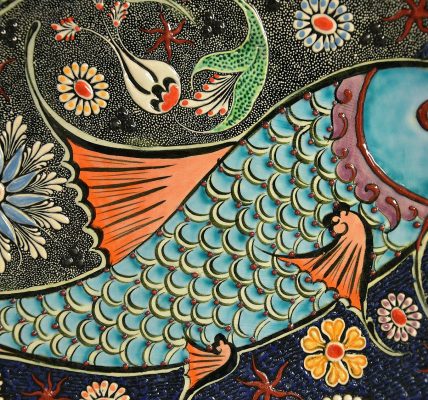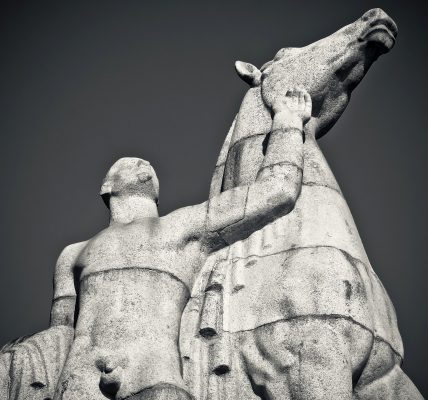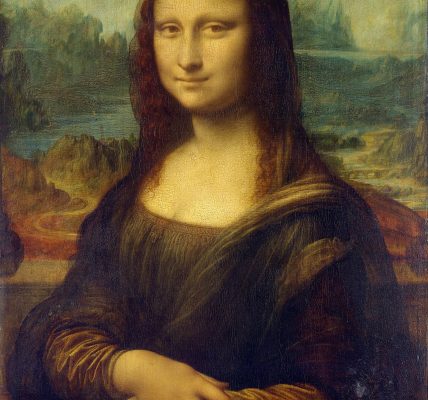In the territories of the First French Empire, ruled by Napoleon Bonaparte, series of looting of various art objects were carried out by the Napoleonic officials. Starting from 1796, when Napoleon was in charge of the French Army of Italy, paintings by Raphael, da Vinci, Rubens, Titian, Luini and others were taken from Italy. On his truce with the Pope, Napoleon had demanded some pieces of art too. Over 500 manuscripts and 100 artworks were sent to France. After the Treaty of Tolentino (February 1797), French commissioners had the right to enter into any building and seize works of art.
Just few years before that, in 1794, after the French army started claiming property from the Batavian Republic, 55 paintings by Rubens, 18 Rembrandts, along with probably over a hundred more Flemish old master paintings, were sent to Paris.
Invasions in Other Countries
In the expedition to Egypt and Syria, the Napoleonic army took many precious objects in their possession until they were not defeated by the British and had to hand over some of them (one of those objects was the Rosetta Stone).
From Austrian and German cities were taken over a thousand paintings, along with small bronzes, ivories, busts and so on. Many paintings and objects were sent to the residence of Empress Josephine, the Château de Malmaison.
After the invasion of Spain and Napoleon appointed his brother to the Spanish throne, all of the art collections of the nobles of Spain, who remained loyal to Ferdinand VII, were taken away. Napoleon’s army thoroughly looted Seville after they entered it on 18 January 1810, taking about thousand paintings, including works by Murillo. From the historical residence of the King of Spain, the Escorial, were also taken loads of valuable artworks.
Napoleon loved Paris and wanted the city to be the most beautiful in the entire world. After his abdication in 1814, the owners of the stolen art wanted for it to be returned and while some managed, many were unsuccessful. This led to negotiations and confusion, and some had to take their works back by force. The French argued that the return was illegal as in the case of Italy, the works were initially taken under a treaty. With the conditions of the 1815 Treaty of Paris, it became difficult to determine where some objects should be sent to, for instance, it resulted in some paintings being sent to the Netherlands, instead of Belgium. It is unknown how many European artworks were lost or destroyed.
We can see how cultural property gets lost or misplaced. Napoleon’s looting is only one example among the many, in addition to art forgery, vandalism and so on, in the wide spectrum of crimes against art.



